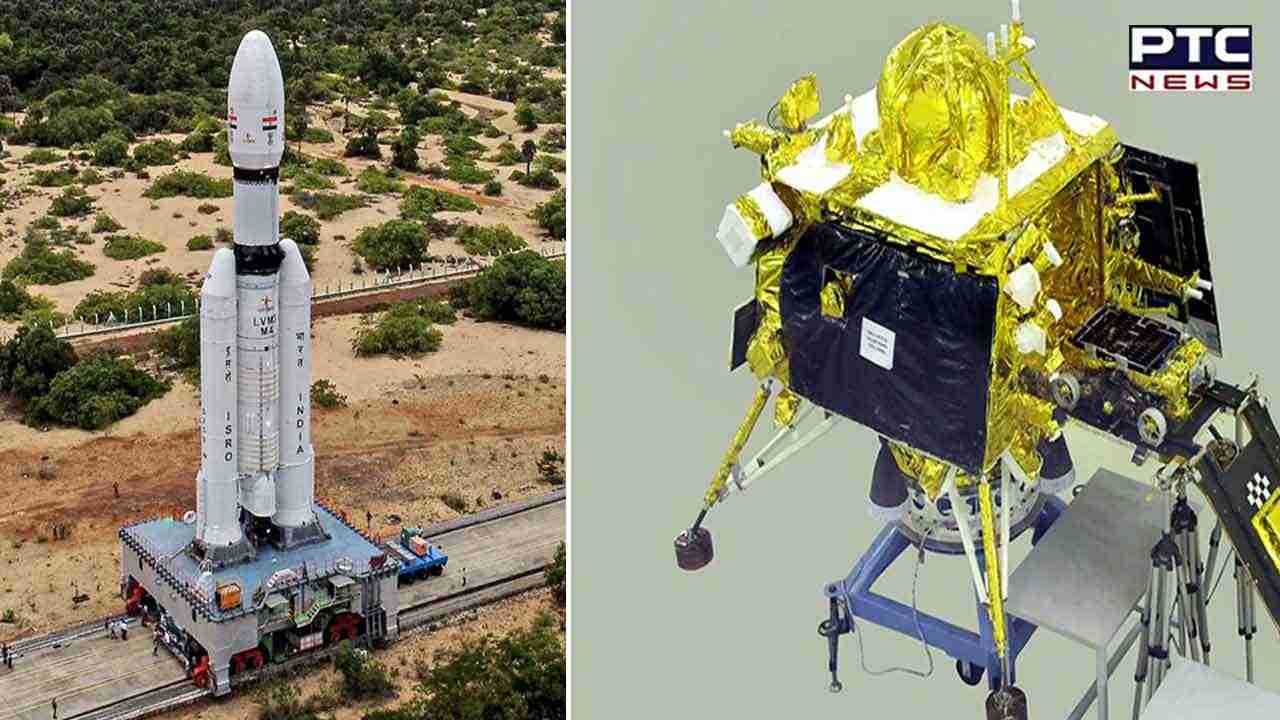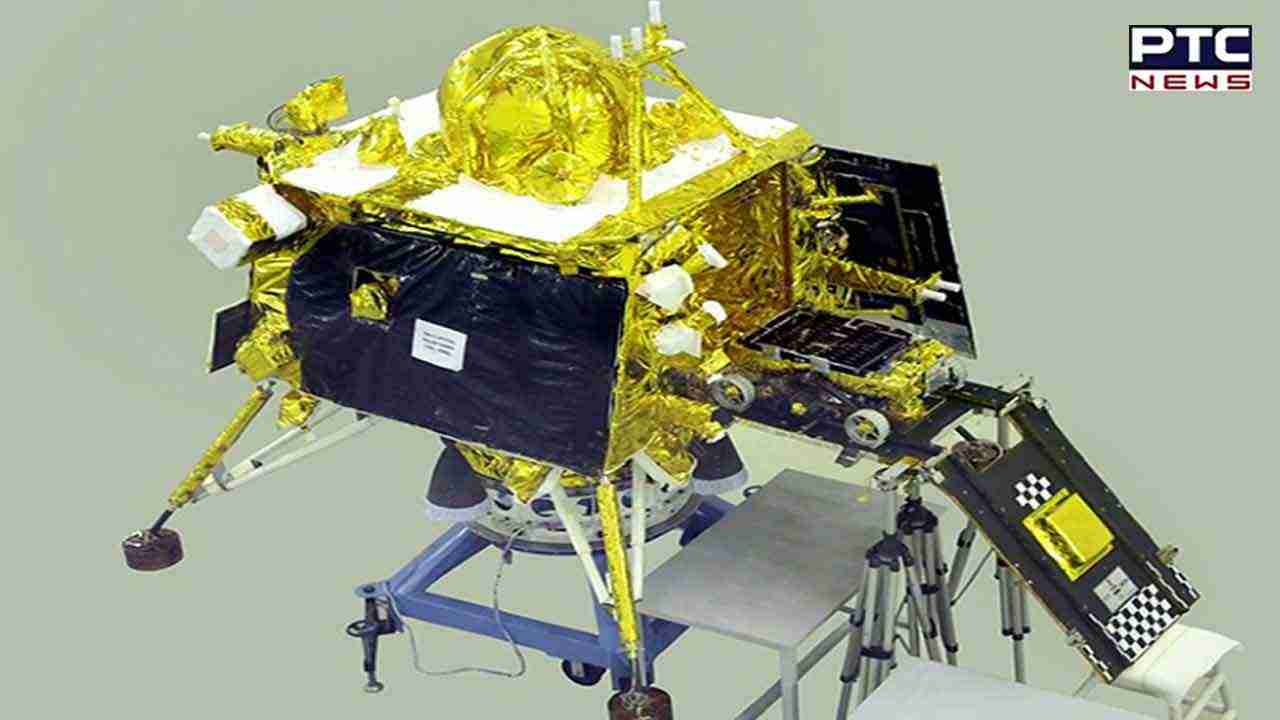

ISRO's Chandrayaan-3 Mission: India's quest for lunar landing continues
New Delhi, July 12: The Indian Space Research Organisation (ISRO) is making final preparations for the launch of Chandrayaan-3 on Friday. Loaded with additional fuel and enhanced fail-safe measures, the spacecraft aims to achieve a successful moon landing, making India the fourth country to do so after the United States, Russia, and China.
Chandrayaan-3 is scheduled to be launched from Sriharikota in Andhra Pradesh. According to ISRO, the spacecraft will enter the lunar orbit approximately one month after launch, with the lander (Vikram) and rover (Pragyaan) expected to touch down on the moon's surface on August 23.

The LVM3 rocket will launch the spacecraft from SDSC SHAR in Sriharikota. The propulsion module will transport the lander and rover to a 100 km lunar orbit, where the lander will separate and attempt a soft landing. The propulsion module will also carry the SHAPE payload, enabling spectral and polarimetric measurements of the Earth from the lunar orbit.
Also Read: Himachal Pradesh flash floods: Normal life disrupted; massive destruction in Manali
Chandrayaan-3 is a follow-up mission to Chandrayaan-2 and aims to demonstrate India's ability to safely land a spacecraft on the moon and operate a rover on the lunar surface. The rover will collect data on the moon's composition, geology, and environment. Scientific experiments will be conducted to study the moon's history, geology, and potential resources.
Landing on the moon poses significant complexities and challenges. In the previous attempt, Chandrayaan-2, the Vikram lander encountered a setback and crashed during its descent.
For Chandrayaan-3, ISRO has incorporated design modifications, including increased fuel capacity for extended travel capabilities, dispersion handling, and the option to switch to an alternate landing site if required. Multiple failure scenarios have been considered and programmed to ensure a controlled landing at the desired speed and rate.
ISRO Chief S Somanath explained that the Vikram lander has been modified to generate power regardless of its landing conditions. It has also undergone rigorous testing to withstand higher velocities and features additional solar panels on different surfaces.
The launch of Chandrayaan-3 represents another significant milestone in India's lunar exploration program, as ISRO strives to achieve a successful moon landing and advance scientific understanding of the moon's geology and environment.
- With inputs from agencies
